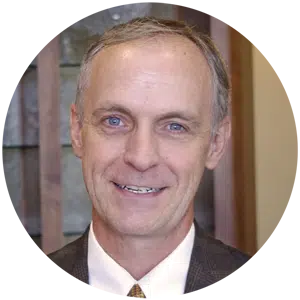Boulder economy, while challenged, rides a wave of science

BOULDER — Boulder’s economy faces significant — but familiar — challenges, including labor shortages, inflation, workforce training, lack of affordable housing and high vacancies in office space.
But the city also enjoys a diverse economic base, with one industry in particular — life sciences — showing heightened promise.
That was the message at the Boulder Economic Summit, presented Thursday by the Boulder Economic Council and the Boulder Chamber at the University Corporation for Atmospheric Research’s campus on Center Green Drive.
The theme for the program, “Our evolving economy,” served as an umbrella that brought a mixture of presentations, ranging from a celebration of…
THIS ARTICLE IS FOR SUBSCRIBERS ONLY
Continue reading for less than $3 per week!
Get a month of award-winning local business news, trends and insights
Access award-winning content today!





